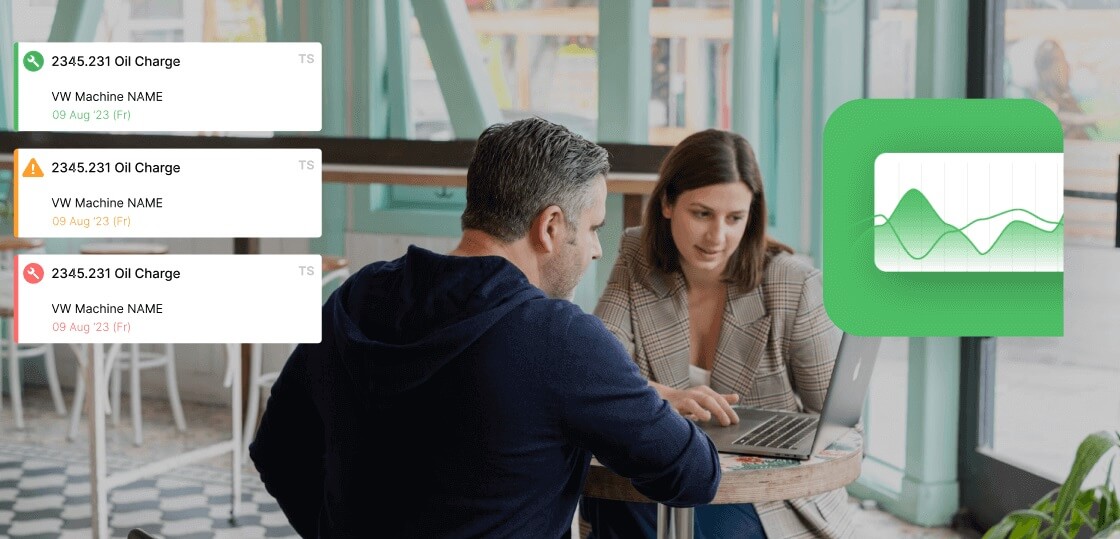This is not just a blog post; it's a project plan. Follow these five professional steps to build an undeniable case.
Step 1: Define the Problem (The Cost of the Status Quo)
The first rule of a business case is to make the pain of not acting crystal clear. Your single biggest, most quantifiable pain is the cost of unplanned downtime.
Use this simple table to put a dollar value on that pain.
| Metric |
Your Current Number |
Calculation |
| A. Avg. Unplanned Downtime Hours / Month: |
100 hours |
(From your logs or best estimate) |
| B. Fully Burdened Cost of Downtime / Hour: |
$2,000 |
(Lost Revenue + Idle Labor) |
| Annual Cost of Unplanned Downtime: |
$2,400,000 |
(A x B x 12) |
This single, powerful number—the multi-million dollar cost of doing nothing—is the foundation of your entire business case.
Step 2: Propose the Solution (The Integrated Platform)
Do not just propose an "OEE tool." This is a common mistake that weakens a business case.
A tool that only diagnoses a problem is an incomplete solution. You must propose a complete, Integrated OEE + CMMS Platform.
Explain that this is the only way to solve both halves of the problem: seeing the problem in real-time (the OEE diagnosis) and systematizing the response to fix it (the CMMS cure).
Step 3: Calculate the Financial Gains (The ROI)
This is the heart of your business case. The most compelling way to do this is to calculate the ROI of the diagnosis and the cure separately.
Gain #1: The ROI of the Diagnosis (Finding Hidden Losses)
This gain comes from uncovering your "hidden factory" with accurate data. For example, your new OEE system might reveal a 10% Performance loss due to slow cycles that was previously invisible.
Gain #2: The ROI of the Cure (Taking Faster Action)
This is the powerful, often-missed gain from the integrated CMMS. For example, by slashing your Mean Time to Repair (MTTR) by 50% through automated work orders, you can quantify the savings.
When you add the two gains together, you can show the massive, combined ROI of a truly integrated platform.
Step 4: Estimate the Investment
Be transparent and realistic about the costs. A modern, cloud-based system makes this simple.
-
One-Time Costs: Include any fees for implementation and training. (Note that for a user-friendly system like Fabrico, these are often minimal or zero).
-
Recurring Costs: State the total annual software subscription fee for your team.
Step 5: Present the Recommendation & Payback Period
Bring it all together in a final, executive-ready summary that speaks directly to the bottom line.
This allows you to present a killer summary sentence. "With a projected annual gain of $350,000 and a total investment of $30,000, the payback period for this project is less than one month, with a first-year ROI of over 1000%."
Take a live tour with a product expert







